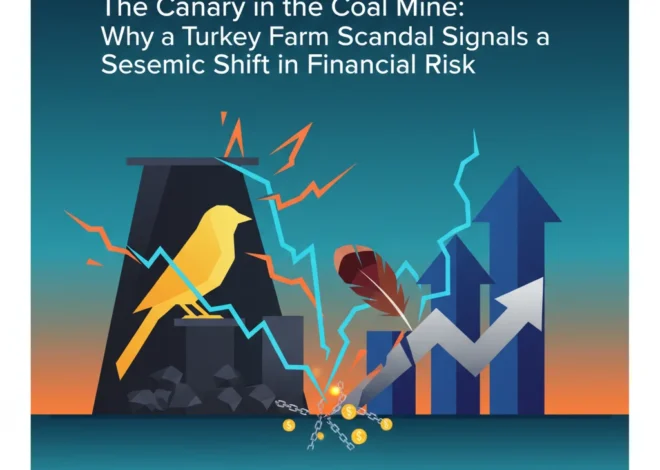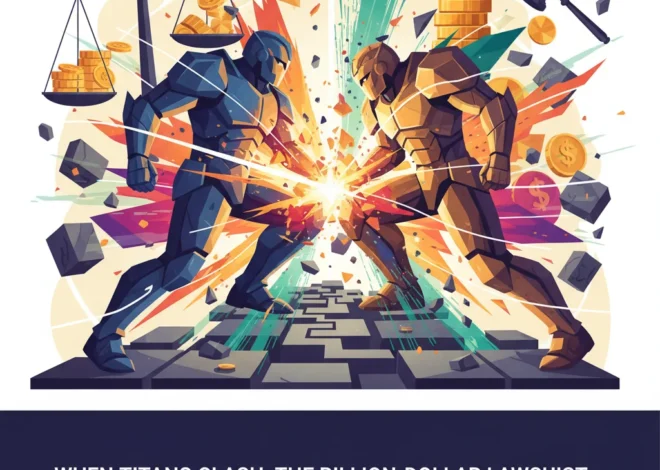
Beyond the Buyout: How KKR is Rewriting the Private Equity Playbook in Japan
A Paradigm Shift in Private Equity: From Corporate Raiders to Wealth Sharers?
For decades, the term “private equity” has conjured images of ruthless corporate takeovers, massive debt loads, and swift, often painful, restructuring. The industry’s playbook was infamous: buy a company, slash costs, and sell it for a hefty profit, with the windfalls reserved for a select few partners and investors. But a seismic shift is underway, and its epicenter is, surprisingly, in Japan—a nation known for its traditional corporate structures and cautious approach to change. Leading this charge is KKR, a titan of the industry, which is spearheading an initiative to bring broad-based employee ownership to the Japanese market, potentially altering the landscape of both investing and corporate governance.
This isn’t just a minor tweak to the old model; it’s a fundamental reimagining of who benefits from the value created in a private equity deal. The industry-backed initiative, inspired by KKR’s successful implementation of similar programs in the US and Europe, aims to grant blue-collar and non-executive employees a stake in the companies they work for. When the private equity firm eventually sells the company, these employees share in the profits—a concept that could have profound implications for Japan’s stagnant wages and the global economy.
The Old Playbook vs. The New Vision: Unpacking Worker Ownership
To understand the significance of this move, it’s crucial to contrast the traditional private equity model with this emerging paradigm of stakeholder capitalism. Historically, the focus has been almost exclusively on maximizing shareholder value for the fund’s limited partners (LPs). This new approach argues that creating value for employees is not mutually exclusive with creating value for shareholders; in fact, the two are deeply intertwined.
The model, championed by KKR’s Co-Head of Global Private Equity, Pete Stavros, is built on a simple yet powerful premise: when employees have a sense of ownership, they become more engaged, innovative, and productive. This leads to better company performance, which in turn drives higher returns upon exit. It’s a move away from a zero-sum game towards a positive-sum one. KKR has already applied this model to over 30 of its portfolio companies, often resulting in significant payouts for thousands of workers who would have otherwise received nothing beyond their salary.
Let’s compare the two approaches in a more structured way:
| Feature | Traditional Private Equity Model | Employee Ownership Model (KKR’s Approach) |
|---|---|---|
| Primary Goal | Maximize shareholder return, often through aggressive cost-cutting and financial engineering. | Maximize shareholder return by fostering a culture of shared ownership and operational excellence. |
| Value Distribution | Profits are concentrated among General Partners (GPs), Limited Partners (LPs), and top executives. | Profits are shared between investors, executives, and a broad base of employees. |
| Employee Role | Often viewed as a cost center to be optimized or reduced. | Viewed as key partners in value creation, with a direct stake in the company’s success. |
| Source of “Alpha” | Financial leverage, multiple arbitrage, and operational efficiencies (e.g., layoffs). | Improved productivity, lower attrition, increased innovation, and enhanced employee engagement. |
The Dragon's Embrace: Decoding the High-Stakes Economic Gamble Between India and China
Why Japan? A Confluence of Culture, Economics, and Opportunity
The decision to launch this initiative in Japan is particularly strategic. The Japanese economy has grappled with decades of deflation and wage stagnation. The traditional “lifetime employment” system, while providing security, has also limited mobility and suppressed wage growth. Prime Minister Fumio Kishida’s “New Form of Capitalism” agenda explicitly calls for greater wealth distribution and wage increases, creating a political environment that is highly receptive to KKR’s model.
Furthermore, many Japanese companies, particularly family-owned businesses or non-core divisions of large conglomerates, are ripe for takeovers. These companies often have dedicated, long-serving workforces but may be struggling with succession issues or a lack of global competitiveness. Introducing an employee ownership model in this context is a powerful tool. It helps to soften the image of foreign private equity firms, often viewed with suspicion in Japan, by aligning their interests directly with those of the local workforce. It transforms a potentially hostile takeover into a collaborative partnership for growth.
The initiative is being launched in partnership with a new non-profit organization, which will provide resources and a framework for other private equity firms in Japan to adopt similar programs. This collaborative approach signals a belief that this isn’t just a competitive advantage for KKR, but a necessary evolution for the entire finance industry to maintain its social license to operate.
The Mechanics of Wealth Creation for the Workforce
How does this work in practice? While the specifics vary by deal, the general structure involves setting aside a portion of the company’s equity for non-management employees. This equity is typically granted at no cost to the workers. During the PE firm’s ownership period (usually 3-7 years), the focus is on growing the company’s value through operational improvements, strategic acquisitions, and market expansion.
When the private equity firm successfully exits the investment—either through a sale to another company or an Initial Public Offering (IPO)—the value of that employee equity pool is realized. The proceeds are then distributed to the employees. For many factory workers, administrative staff, and technicians, this can be a life-changing windfall. Payouts in some US-based KKR deals have reportedly been equivalent to one or two years’ salary, providing a significant boost to their financial security.
This model is a powerful form of financial technology in deal structuring, using equity as a tool to align incentives across the entire organization. It democratizes access to the kind of wealth creation opportunities that have traditionally been the exclusive domain of capital owners and the C-suite. While it’s not a direct form of retail trading, it gives employees a tangible stake in the market value of their employer, fostering a deeper understanding of business economics.
Beyond the Bourse: Why Marseille's Luxury Real Estate is the Ultimate Alternative Investment
Broader Implications for the Future of Investing and Banking
The ripple effects of this movement could extend far beyond private equity. If KKR and its partners can demonstrate that sharing ownership leads to superior returns, it could pressure the entire investment community to reconsider its approach to value creation.
- Public Markets: Publicly traded companies may face pressure from institutional investors, particularly those focused on ESG (Environmental, Social, and Governance) factors, to implement more meaningful employee stock ownership programs (ESOPs).
- Investment Banking: The M&A advisory and banking sectors will need to develop expertise in structuring these complex employee ownership schemes. It adds a new dimension to deal-making, focusing on human capital as a core asset.
- ESG Investing: This model provides a tangible and measurable “S” (Social) component for ESG investors. Rather than vague commitments to employee welfare, it offers a direct mechanism for wealth sharing, which can be audited and quantified. As the FT article notes, this is a powerful way for an industry often criticized for exacerbating inequality to “soften its image” and demonstrate positive social impact.
While concepts like blockchain are revolutionizing the technical side of asset ownership and transparency, this initiative represents a revolution in the philosophy of ownership itself. It’s about rewiring the corporate machine to distribute its rewards more broadly, driven not just by ideology, but by the pursuit of better economic outcomes for everyone involved.
Steel and Sovereignty: Decoding the UK-EU Tariff Standoff and Its Impact on the Global Economy
A New Chapter for Capitalism?
KKR’s push for worker ownership in Japan is more than just a regional business strategy; it’s a test case for a more inclusive and sustainable form of capitalism. It challenges the long-held belief that the interests of labor and capital are fundamentally opposed. By turning employees into owners, private equity is attempting to prove that the most effective way to grow the pie is to give everyone a slice.
For investors, business leaders, and finance professionals, this is a trend to watch closely. It represents a sophisticated evolution in the world of investing, where human capital is finally being recognized on the balance sheet not as a liability, but as the ultimate driver of value. If successful, this bold experiment in the Land of the Rising Sun could cast a long and illuminating shadow across the global economy for years to come.


